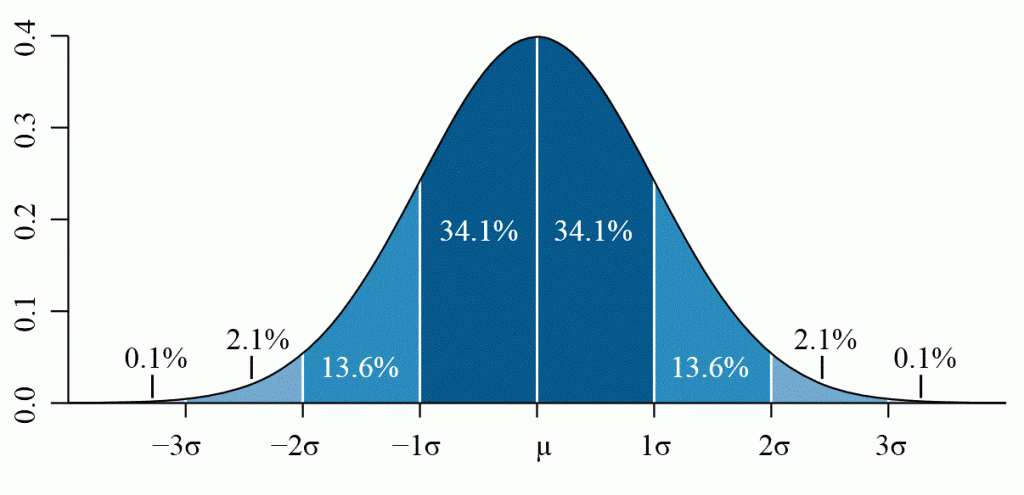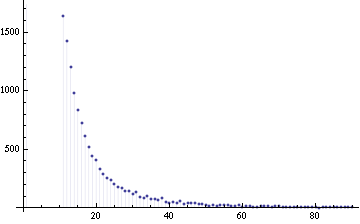Part Three: Production and Structures
30 Political Economies of Digital media
sytaffel
PE led approaches to the study of digital media again fall into several distinct areas which approach the production of digital media from disparate areas. While Marxist approaches are again often central, there exist an additional series of approaches which consider the ways in which production of digital media, and of digital commodities in general depart in certain respects from other modes of information access and distribution.
Some of the early approaches to new/digital media focused upon the ways that the increasingly widespread distribution of networked computers afforded a mode of access which was a radical departure. Previously media had been dominated by broadcast technologies and mass media generally, whereby a very small volume of individuals were entrenched within a privileged position as content creators, and were able to broadcast mediated content from centres out to the millions of citizens who could only receive media. Mass media, then can be understood as both a one-to-many model of communication as well as a one way model, as only those who work in broadcasting can produce media, whilst the vast majority of citizens can only receive information. Such a one-to-many system of communications corresponds to the model of a centralised network.
By contrast, the Internet heralded the arrival of an alternative model, in which any network user was able to connect to any other network user(s), and was able to both send and receive mediated communications. Rather than being a one-to-many mode of communication, the Internet allowed one-to-one, one-to-many and many-to-many forms of discourse, taking the form of a distributed network. Additionally the hierarchical restrictions to access had seemingly tumbled down, with any citizen who possessed a computer, modem and internet connection able to produce mediated content. This led to a wave of early Internet scholarship which saw the Internet as a technology which contained a vast democratising potential, realising some of the formal elements discussed by socialist theorists of media such as Bertold Brecht (1932) and Hans-Magnus Enzensburger (1970) as necessary preconditions for the formation of a democratic and participatory media and culture, negating the criticisms made by Jurgen Habermas (1991) which posit the media as a fundamentally anti-democratic mode of communication which turned active citizens into passive consumers.
Whereas mass media representation reinforced and re-inscribed the structures of representative democracies, whereby an economic and political elite who have access to the means of media production and distribution are able to disproportionately influence the majority of the populace by means of their wealth (of both power and capital), networked electronic media allegedly creates structures predicated upon non-hierarchical interactions.
Such claims have been tempered, however, by the realisation that while contemporary media technologies have greatly increased the ability of certain previously marginalised groups to effectively communicate their concerns and participate in mediated discourse, the material reality of information technology commodities within the network society, has not seen social inequalities diminish and democratic participation increase. The digital divide exists as one of many divides between the haves and have-nots in contemporary society alongside divisions in wealth, education, health care, and technical expertise. Expecting the introduction of digital communications platforms to enact a process whereby these inequalities simply dissipate in the face of the deterministic properties of new technology is a utopian fantasy. As Espen Aarseth (1997:67) reminds us:
The belief that new (and ever more complex) technologies are in and of themselves democratic is not only false but dangerous. New technology creates new opportunities, but there is no reason to believe that the increased complexity of our technological lives works toward increased equality for all subjected to the technology.
Indeed, one line of pertinent criticism comes from simply observing the economic modus operandi of the world’s most popular Websites. Using Alexa’s traffic rankings, the 10 most popular Websites in 2013 are: Google, Facebook, Youtube, Yahoo, Baidu, Wikipedia, QQ.com, Linkedin, Live.com and Twitter. Aside from Wikipedia, the online encyclopaedia which is managed by the Wikimedia foundation and is a not for profit entity, every other site on the list is a profit making privately owned entity, most of whom generate funds through selling targeted advertising space. The corporations which own these Websites, such as Google (Google and Youtube), Microsoft (Live.com), Tencent (QQ.com) and Facebook are all multibillion dollar private companies, whose economic model is underpinned through a similar mechanism of selling the attentive capacities of audiences to advertisers as was the case with mass media.
There has, however, been a significant change in the ways that the adverts in question can be tailored to specific demographics. Media advertising has always been targeted in a sense, for example the producers of a commodity largely aimed at children could in the 1980s opt to buy advertising time on Saturday morning television shows which were aimed primarily at children, as while the overall audience would be lower than a prime time evening slot, the proportion of their target market would be higher. The degree to which social media can be targeted at exceptionally specific demographics, however, far surpasses the broad brush stroke approaches which were capable with mass media. Using Google’s AdWords, an advertiser can choose to have their advertisments only appear to individuals searching for specific terms such as ‘wedding photographer’ within a 20 kilometre radius of Wellington. Alternatively using Facebook, the same individual could again choose to advertise only to people within specific geographical parameters, but could narrow their market by only appearing to users whose relationship status notes that they are engaged.
The ability to present such narrowly targeted advertising is predicated upon the collation of data from a variety of sources, including both user provided data (such as profile information and statuses on a Facebook page, the search history of a particular Google account, or the contents of specific emails), and machine generated data such as cookies and an IP address. What is notable, is that the ‘work’ associated with the audience commodity has been transformed from simply viewing and listening to advertising content, to actively providing a huge amount of personal data which is then used to generate highly targeted advertising material. Far from presenting a radical break from previous modes of media, the PE of networked digital media frequently demonstrates a continuation and intensification of the work of the audience as a commodity within a media system dominated by multi-billion dollar corporations. Reviewing the propaganda model 20 years after it had initially been proposed, Herman and Chomsky (2008) point out that media concentration is both more globalised and more concentrated in 2008 than it had been in 1988.
A second line of critique levelled at the notion that digital networked technologies and the Internet would bring about democratising changes to communications comes from the work of Alberto Barabasi and Reka Albert, whose work studies the topological form of various forms of complex network, including the World Wide Web as one key example. What Barabasi and Albert discovered, was that across a range of different networks which shared the same form, a power law distribution described the connectivity of the network. In contrast to a normal distribution, which has the shape of a bell curve, with equal distributions either side of the mean, a power law is a distribution in which there are a handful of points for which there are extremely high values, and a very large number of points for which there are exceptionally low values, the latter of which is often described as a long tail.


Additionally, Barabasi and Albert posit a method by which the connectivity of websites grow, which they termed preferential attachment. Effectively, this suggests that new nodes tend to connect to nodes which are already established as popular, which further entrenches the popularity of the pre-existing websites, which leads to these sites becoming hugely popular over time, whereas the vast majority of websites remain virtually invisible to the vast majority of web users. Surmising these findings, Barabasi comments that:
‘’the most intriguing result of our Web mapping project was the complete absence of democracy, fairness and egalitarian values on the Web. We learned that the topology of the Web prevents us from seeing anything but a mere handful of the billion documents out there’ Barabasi 2003:56/57.
Discussion
- What issues surrounding privacy might be raised by targeted advertising?
- Why do you think this model has been so successful for online media?
- Can you think of any examples which go against the grain of preferential attachment? What might this suggest?

